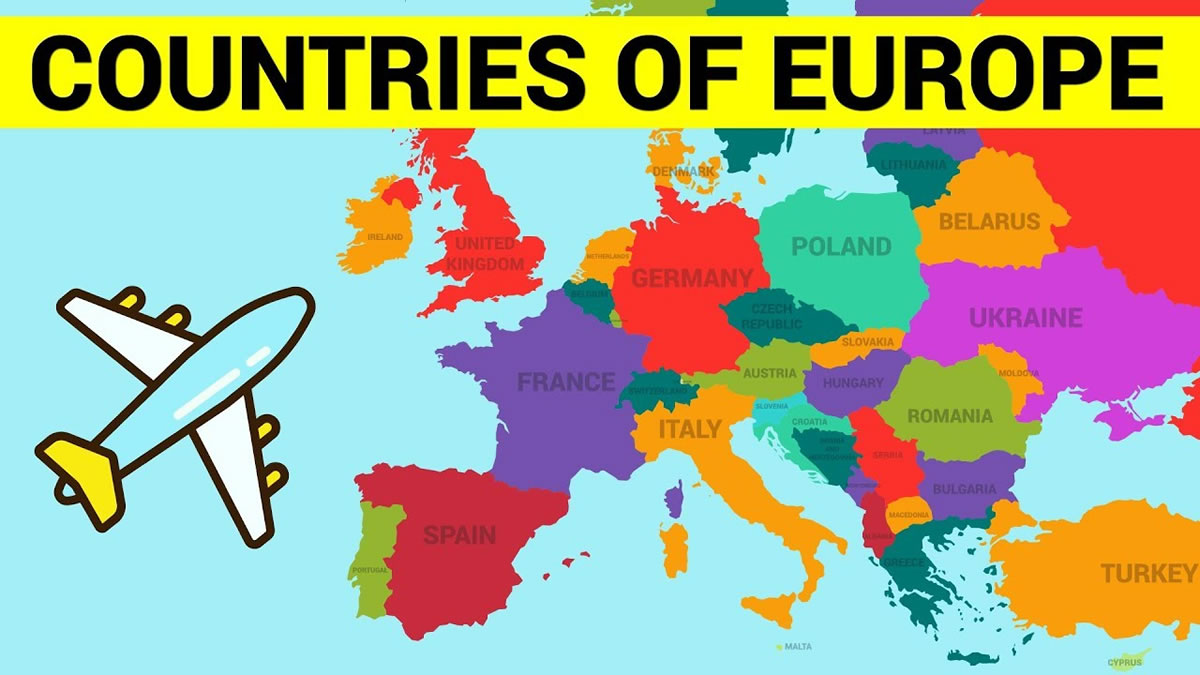Introduction
In recent years, e-cigarettes have grown rapidly as an alternative to traditional smoking across Europe. However, concerns over health risks and rising youth usage have prompted governments to take action. In 2025, several European countries introduced or planned new e-cigarette regulations aimed at strengthening oversight, protecting public health, and promoting a smoke-free future.

Recent Developments in European E-Cigarette Regulations
1. Belgium: First EU Country to Ban Disposable Vapes
As of January 1, 2025, Belgium became the first EU country to fully ban the sale of disposable e-cigarettes. Authorities cited the appeal of these products to young people and their environmental impact. This move aims to reduce the number of new smokers and work toward a “smoke-free society” by 2040.
2. France: Stricter Smoking Rules in Public Spaces
Starting July 1, 2025, France implemented nationwide bans on smoking in outdoor public spaces such as beaches, parks, and areas near schools, with fines up to €135. While e-cigarettes are not yet included, the government has announced plans to impose stricter limits on nicotine content and flavors by 2026.
3. Ireland: Tighter Sales and Tax Measures
Ireland plans to begin taxing e-cigarette products in 2026 and has banned their sale via vending machines or other self-service channels. The government is also tightening import regulations to ensure all products meet EU safety standards.
4. EU-Wide Tax Reform
The European Commission has proposed a minimum tax on e-cigarettes, heated tobacco products, and nicotine pouches to reduce youth appeal and support public health goals.

Key Trends in E-Cigarette Regulations
- Protecting Youth: Many countries are tightening rules around sales and marketing to prevent underage use.
- Increasing Taxes: Minimum EU-wide taxes aim to reduce accessibility for younger populations.
- Strengthening Product Standards: Governments are enforcing stricter quality and safety requirements for e-cigarette products.
Future Outlook
As the e-cigarette market continues to grow, Europe is likely to see further regulatory developments:
- Unified EU Regulations: The EU may introduce standardized regulations to reduce discrepancies between member states.
- Stricter Online Sales Oversight: With the rise of e-commerce, online sales may face more stringent monitoring to prevent youth access.
- Promoting a Smoke-Free Society: Several countries have set goals for a smoke-free future, which could result in more measures to curb tobacco and nicotine use.
Conclusion
In 2025, Europe made significant strides in e-cigarette regulation. Through stronger rules, higher taxes, and stricter product standards, governments aim to safeguard public health—especially among young people. As future policies evolve, the e-cigarette market will encounter both challenges and opportunities, shaping the landscape of smoking alternatives across the continent.


